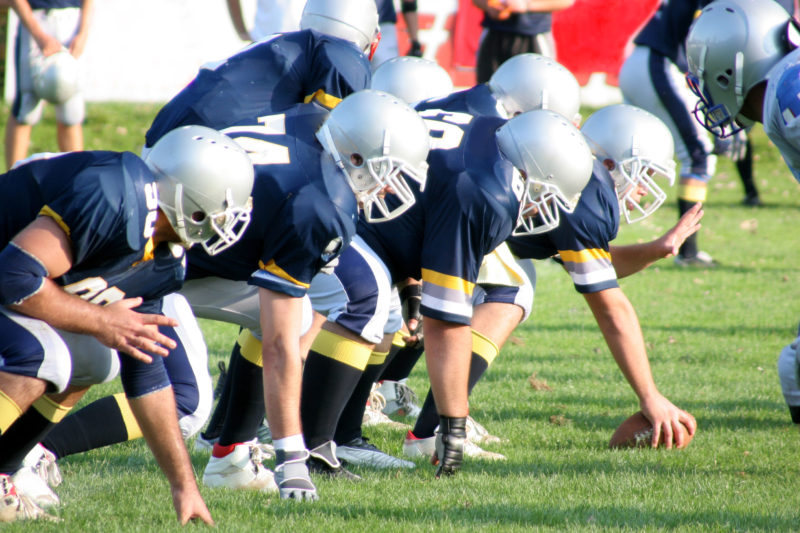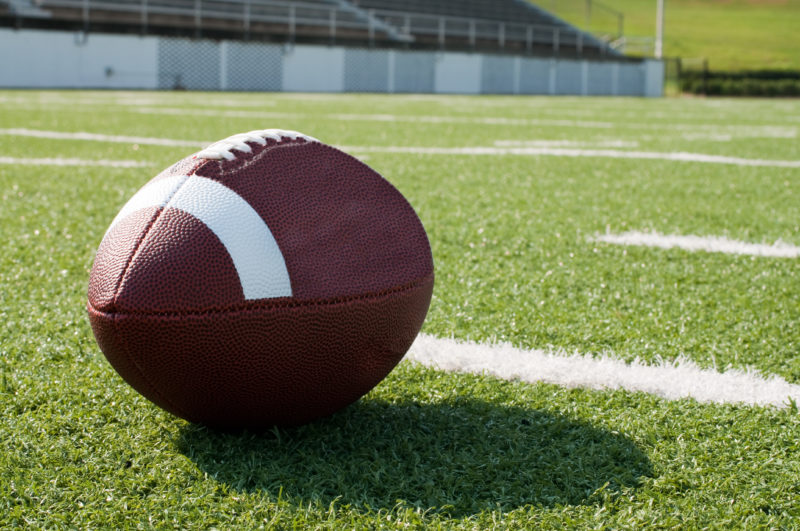The Atlantic divides two continents that have age-old battles about highly important topics such as the way to pronounce tomato—and the feuds have not
The Atlantic divides two continents that have age-old battles about highly important topics such as the way to pronounce tomato—and the feuds have not been confined to the phonetics of fruit and vegetables. In fact, one of the most significant ideological departure points between these two sides of the pond is the answer to the question:
What is Football?
Ask a North American and they will be quick to conjure images of padding and helmets, of a diamond-shaped ball and complicated use of flags. A British person’s reply may be somewhat different. To this population, a football is a round object that you kick (if you have any skill) into a net. The field is bigger and the players are smaller. Yes, football, in this instance, is the very thing you may know as soccer.

If you’re wondering about what the exact differences are between the two sports, we’d like to help you out. Sit back, get your game face on and let us take you through:
The Top 5 Differences Between Football and American Football
Penalties—and their frequency
If you are a soccer fan, you may know that the occurrence of penalties on the field accounts for only a small fraction of the time spent at play. A penalty in a soccer match is a clear chance to score as a result of a fault by the other team. It’s unlikely that you will see more than a penalty or two in a match, and they have approximately an 80% conversion rate.
Penalties in American Football are an entirely different story. In any one match, you can expect to see about 14 penalties on average! Rather than a shot at goal, these penalties refer to the yardage gained or lost for one of the teams. So, while both games can be rather foul, the way these fouls are dealt with depends on which kind of football you’re playing.
Number of players per team
While both sports typically have eleven players on the field at any one time, the actual number of players in an American Football team is far higher. An American Football team consists of players that fulfil a number of different roles, broadly divided into the offense and defense. A team can be composed of up to 45 players, all with different skills and of varying size and speed. When it comes to soccer, competition rules usually state that you must have at least seven players on the field, one of which should be a goalkeeper.
Having the ball in your hands—compulsory or a big no-no?
Perhaps one of the most noticeable differentiators between the two sports is the role of the players’ hands. American Football means much passing of that diamond ball from one player to the next as you gain (or lose) yardage. If you were to pass a ball in this manner in a soccer match, it is not likely you would get too far in your career. In fact, with the exception of a few very particular circumstances, soccer players are not allowed to touch the ball with their hands at all. They have to rely on their feet and their heads to do the work.
Padding, padding, padding
The shape of an American Football player is somewhat triangular. Their shoulders are broad and their chests are wide—and the reasons for this go beyond physique. American Football players are padded to protect themselves from the sport they have chosen to engage in.
While the theatrics of soccer are well documented, and in some cases end up being a central feature of the game, the players are most certainly not decked out in gladiator-like armor. They have only their speed, dexterity, and acting skills to protect them from the dangers of the game.

The scoring
When it comes to scoring, soccer is definitely on the simpler end of the spectrum. A simplistic explanation would reveal one successful shot in goal to equal one point for the team that managed to accomplish this feat. American Football scoring, on the other hand, is more akin to rugby. It involves touchdowns which will give you six points, field goals which will give you three, and extra points for a successful post-touchdown kick.
Regardless which type of football you call your own, one thing is for sure—you are bound to find like-minded folks shoved into watering holes of various descriptions cheering on your favorite team. Both games attract forever fans that will gladly move their schedules around to accommodate upcoming games.
If you feel like your American Football knowledge is up to snuff, why not take this NFL quiz to see just how much you know?
Good luck—but be warned, like trying to pass an American football with accuracy and force, it’s harder than you think.



















































































































COMMENTS